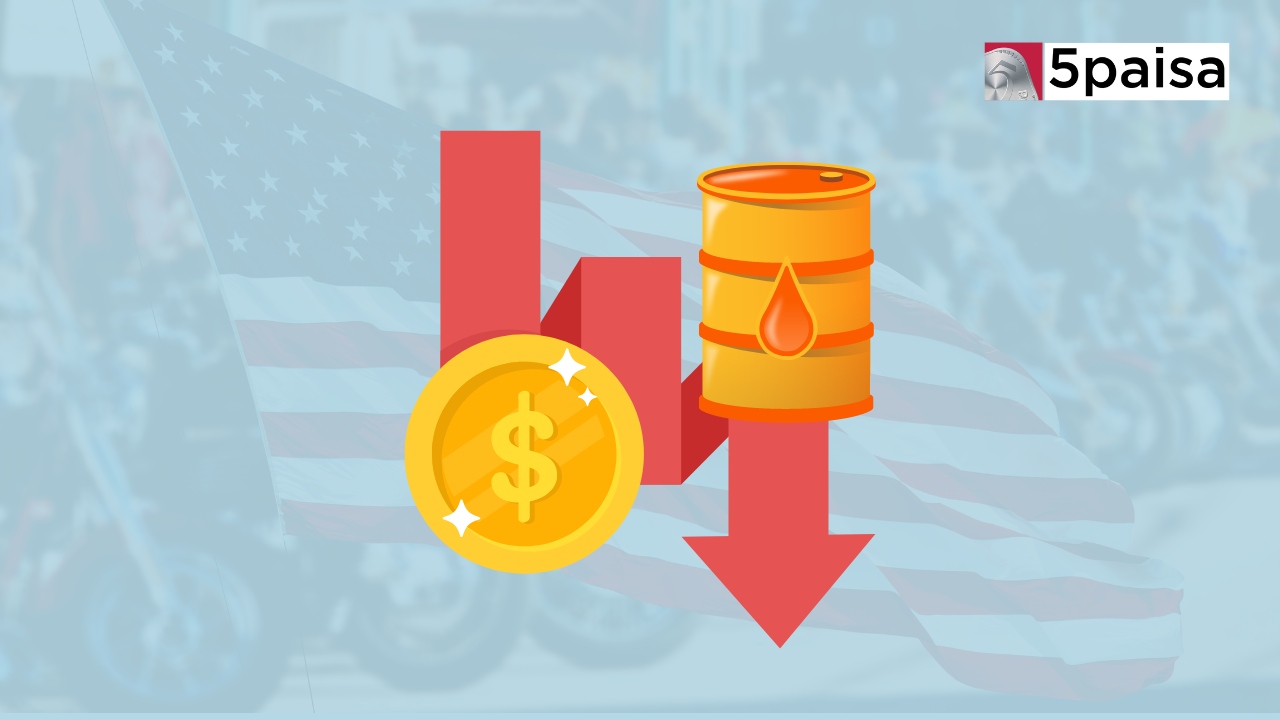L&T Eyes $50-$60 Billion Projects by FY25, Plans Major O2C Investments
Passive Funds attract more than Rs. 1.57 trillion in FY23

Last Updated: 18th April 2023 - 03:54 pm
If there is one word that has become popular among investors in the last couple of years, it is passive funds. Passive funds are the counter to active funds, where fund managers actively manage the funds and try to earn alpha for the investors. In the case of passive funds, the fund manager just benchmarks the returns to an underlying asset class or an underlying index. Index Funds, index ETFs, gold ETFs, silver ETFs would all qualify as passive funds since there is no attempt to actively manage the asset and earn extra returns. The endeavour in passive investing is to just mirror the underlying index or asset class with minimum room for tracking error. It is about how closer you are to the index returns.
Are investors moving from active to passive?
That is a slightly nuanced question and the answer is not too straightforward. What we sense from the flow numbers is that for the active funds, there are still inflows into select equity funds. For instance, mid-cap funds, small cap funds and sector funds are still seeing heavy inflows in the last one year. However, the enthusiasm is missing in the case of large cap fund flows, which are now gravitating towards passive funds. After all, a lost cost index ETF can do better than a large cap active fund, which would anyways approximately mirror the index. That is what is visible in FY23. As Jack Bogle of Vanguard said, “Why look for a needle in a haystack, when you can buy the entire haystack.” That, precisely, defines the thinking of the investor as they increasingly prefer passive funds for fresh flows.
Flows are gravitating towards passive stories over active stories
Here is what investors need to know about the colour and nature of flows into the Indian mutual funds market.
-
In FY23, passive funds saw total inflows of Rs157,489 crore and this was largely dominated by the index funds and the index ETFs. Remember, here we are talking about funds that are benchmarked to equity indices and also to debt market indices.
-
Out of the total inflow of Rs157,489 crore into passive funds, index funds saw inflows of Rs95,671 crore, index ETFs saw net inflows of Rs59,256 crore, fund of funds (FOFs) saw net inflows of Rs1,639 crore and gold funds saw marginal net inflows of Rs653 crore.
-
Why this sudden surge of funds towards passive funds. The reasons are not hard to seek. According to SPIVA (part of S&P), for year 2022, 88% of actively managed equity funds did worse than the BSE 100 index. This is sharply worse than 50% in 2021.
-
Passive fund flows have been very strong in the last two financial years. For instance, in FY22, the passive funds inflow was Rs1.39 trillion while in FY23, the passive fund inflows were still higher at Rs1.57 trillion.
But, within the index flow category, where did the money go? Was it into equity or into debt index funds? The results are actually fascinating.
It was all about target maturity funds
If you though that the inflow of Rs95,671 crore into index funds look impressive, you need to find out the specific index that these went into. In fact, nearly 83% of the total flows into these passive funds actually went into target maturity funds (TMF). Let us just spend a moment on what this concept of target maturity fund is all about. Typically, the TMF holds the investments in their portfolio until maturity. That means; if I have a 3 year TMF, then these are invested in 3-year debt paper. As a result, while returns cannot be technically assured, these become debt funds were the returns can be predicted with a reasonable degree of accuracy. Also, being passive, there is not risk of fund manager excesses.
If you look at FY23 overall, the net inflow into target maturity funds (TMF) stood at Rs79,442 crore. Nearly Rs18,900 crore out of these came in the month of March 2023 itself. The reasons are not hard to seek. The tax shield on these funds is going away if they are predominantly debt funds. Hence, this was the last window during which the investor not only got concessional rate of long term capital gains tax, but also the benefit of dual indexation, enhancing the effective yield substantially. It remains to be seen if these TMF funds continue to attract investor interest even after the withdrawal of the tax benefits effective from April 2023. Target maturity funds had total AUM of Rs1.74 trillion as of March 2023, and it remains to be seen how much of this money stays after the tax benefit removal.
- Flat ₹20 Brokerage
- Next-gen Trading
- Advance Charting
- Actionable Ideas
Trending on 5paisa
05
 Tanushree Jaiswal
Tanushree Jaiswal
Indian Market Related Articles
Disclaimer: Investment in securities market are subject to market risks, read all the related documents carefully before investing. For detailed disclaimer please Click here.
 5paisa Research Team
5paisa Research Team




